Asakusa, Tokyo’s historic heart, beckons visitors to enjoy its timeless charm. University students, donning vibrant kimonos, lead captivating tours that unveil the neighborhood’s iconic landmarks and hidden gems. From the Kaminarimon Gate to the revered Senso-ji Temple, these passionate guides offer an insider’s perspective, sharing the district’s centuries-old heritage and culinary delights. As the tour winds through the bustling Nakamise shopping arcade and along the picturesque Sumida River, participants are treated to a truly immersive cultural experience. But the true magic lies in the unexpected discoveries that await those who join this remarkable journey.
Key Points

- Guided Asakusa tour led by enthusiastic university student guides dressed in vibrant traditional kimonos, providing an immersive cultural experience.
- Exploration of iconic Senso-ji Temple, the Kaminarimon Gate, and the historic Nakamise shopping arcade showcasing Asakusa’s rich heritage.
- Tasting of beloved local delicacies, such as kibi dango, deep-fried manju, and melon pan, for an authentic culinary journey.
- Discovery of hidden gems and off-the-beaten-path streets, revealing the neighborhood’s charming boutiques and family-owned shops.
- Photogenic opportunities at picturesque spots along the Sumida River, including the iconic Kaminarimon Gate and stunning views of the Tokyo Skytree.
Senso-ji Temple: Tokyo’s Revered Landmark
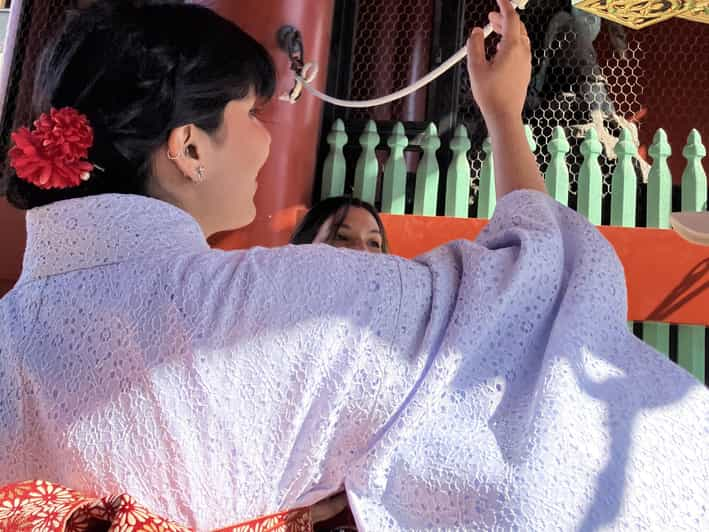
Senso-ji Temple stands as Tokyo’s oldest and most revered Buddhist temple, dating back over 1,400 years. Visitors are greeted by the iconic Kaminarimon Gate, adorned with a massive lantern and statues of thunder and wind gods.
Beyond the gate, the temple’s expansive grounds showcase a five-story pagoda and the main hall, where worshippers can participate in traditional rituals. The temple’s rich history and stunning architecture make it a must-see destination for anyone exploring Asakusa’s cultural heritage.
With the guidance of passionate university students, visitors can gain a deeper appreciation for this iconic landmark and its place in Tokyo’s enduring spiritual traditions.
You can also read our reviews of more tours and experiences in Taito City.
Kaminarimon Gate: Symbol of Asakusa

The Kaminarimon Gate, a towering symbol of Asakusa, stands as the grand entrance to the revered Senso-ji Temple. This iconic structure features:
- Massive red lanterns that hang beneath the gate, illuminating the pathway to the temple.
- Statues of the gods Fujin, the god of wind, and Raijin, the god of thunder, guarding the gate.
- Intricate carvings and decorations that showcase the region’s rich cultural heritage.
Passing through the Kaminarimon Gate, visitors are transported to a world of tradition and spirituality, where the sights, sounds, and flavors of Asakusa come alive.
Exploring Nakamise Street
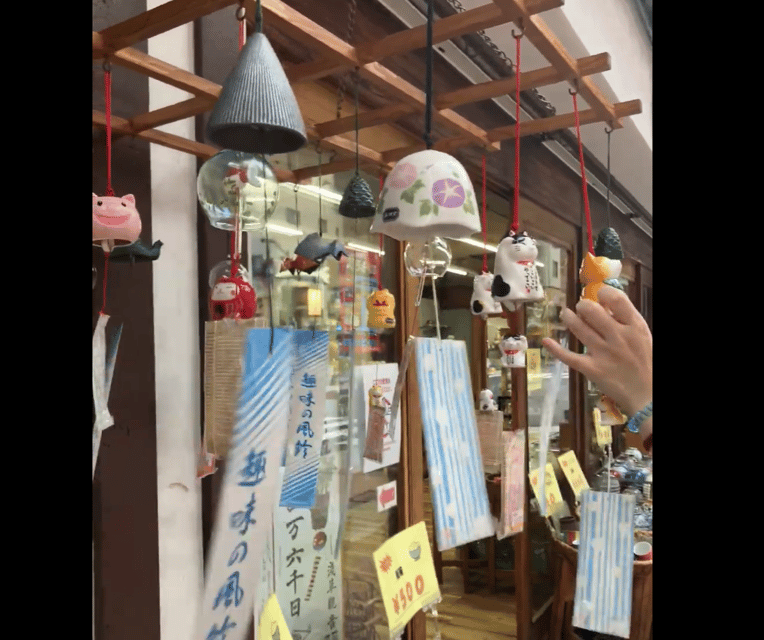
Passing through the iconic Kaminarimon Gate, visitors are met with the bustling energy of Nakamise Street. This historic shopping arcade leads directly to the revered Senso-ji Temple.
Lining the street are traditional shops selling Japanese crafts, souvenirs, and delectable street food. Visitors can browse an array of handmade fans, kimonos, and pottery, seeing Asakusa’s rich cultural heritage. The enticing smells of freshly fried manju and melon pan waft through the air, tempting passersby to indulge in local flavors.
Nakamise Street offers a truly authentic taste of Japan, allowing visitors to engage with the vibrant spirit of this ancient district.
Traditional Asakusa Cuisine
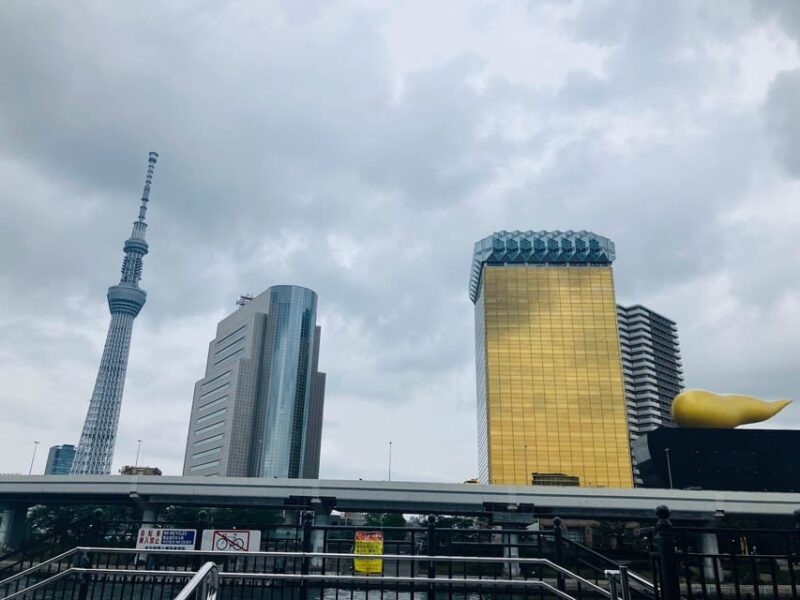
Savoring the local flavors is a must when exploring Asakusa’s vibrant culture. This historic district offers a tantalizing array of traditional Japanese treats. Don’t miss the opportunity to try:
- Kibi dango – sweet rice dumplings with a chewy, mochi-like texture.
- Deep-ried manju – warm, fluffy buns filled with sweet red bean paste.
- Melon pan – a light, crisp bread with a melon-flavored crust.
These delectable snacks showcase the culinary heritage of Asakusa, blending time-honored recipes with fresh, seasonal ingredients. Indulging in these local specialties provides a delicious way to learn about the neighborhood’s rich cultural fabric.
More Great Thing To Do NearbyPhotogenic Spots Along Sumida River
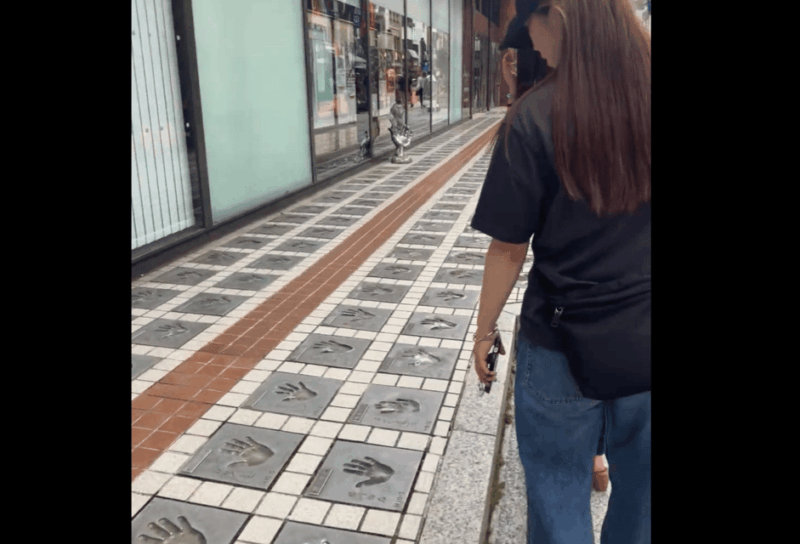
As visitors stroll along the banks of the Sumida River, they’ll be captivated by the array of photogenic spots that showcase the unique charm of Asakusa. The iconic Kaminarimon Gate, with its impressive lantern and statues, stands as a striking landmark that has graced this historic neighborhood for centuries.
Further along, the serene Sumida River offers stunning views of the Tokyo Skytree, the tallest tower in Japan, which dominates the skyline. Visitors can also explore the quaint Shin-Nakamise and Denboin streets, where traditional shops and hidden gems await discovery, providing ample opportunities for memorable photographs.
- Tokyo: Sumo Show Experience With Chicken Hot Pot and a Photo
- Tokyo: Video and Photo Shoot in Asakusa With Kimono Rental
- Tokyo Discover All About Samurai Half-Day Guided Tour
- Tokyo Tour: 15 Top City Highlights Full-Day Guided Tour
- Asakusa Cultural Walk & Matcha Making Tour
- Ueno Nightlife Highlights: Izakaya, Karaoke, Ramen
Discovering Hidden Gem Streets

Beyond the bustling Nakamise Street, visitors can step into a world of hidden gem streets that reveal Asakusa’s rich tapestry of traditional shops and local charm. Venture down Shin-Nakamise and Denboin streets to discover:
- Charming boutiques showcasing handmade crafts, from intricate kimonos to delicate fans.
- Quaint family-owned shops offering a glimpse into Asakusa’s timeless culinary traditions, such as freshly-made mochi and artisanal sweets.
- Tucked-away alleyways lined with historic buildings, where the sounds of traditional instruments and the scent of incense transport visitors to a bygone era.
These off-the-beaten-path streets offer a truly immersive experience, allowing travelers to connect with the essence of Asakusa’s enduring cultural heritage.
Wearing Kimonos for the Tour
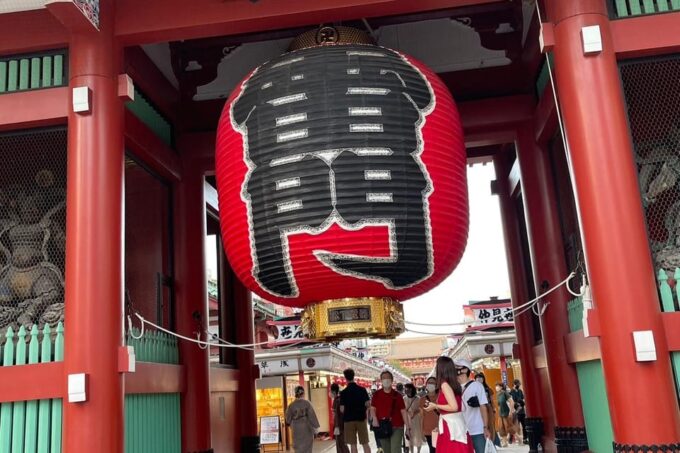
Donning vibrant kimonos, the university students eagerly guide visitors through Asakusa’s captivating streets. Adorned in the traditional Japanese attire, the student-led tours offer an immersive cultural experience.
Guests have the opportunity to don kimonos themselves, immersing them in the rich heritage of the neighborhood. The colorful garments, meticulously arranged by the students, transport participants back in time, enhancing the sense of tradition and authenticity.
As they stroll past iconic landmarks like the Senso-ji Temple, visitors feel truly connected to Asakusa’s centuries-old history, enriching their understanding of the city’s cultural tapestry.
Passionate University Student Guides
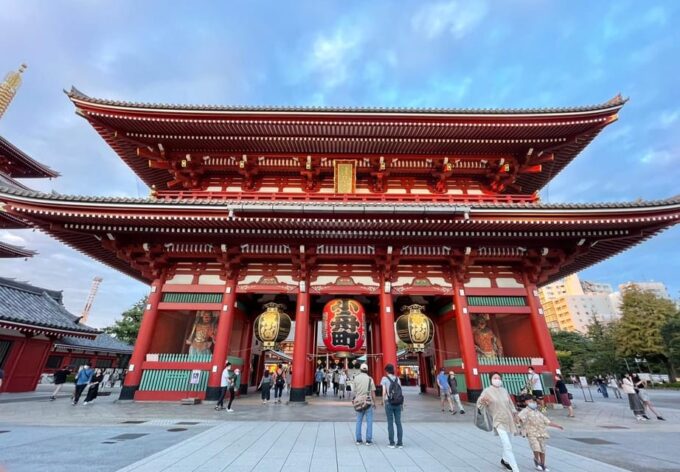
The university students leading the Asakusa tour are passionate about sharing their cultural heritage with visitors. As local guides, they provide an inside perspective on the neighborhood’s history and traditions. Their enthusiasm shines through as they:
- Recount the fascinating origins of iconic landmarks like the Senso-ji Temple.
- Introduce visitors to beloved local delicacies and street food.
- Uncover hidden gems and off-the-beaten-path attractions that capture the essence of Asakusa.
The student guides’ deep knowledge and genuine love for their neighborhood create an immersive experience that allows guests to truly connect with the vibrant culture of Asakusa.
Frequently Asked Questions
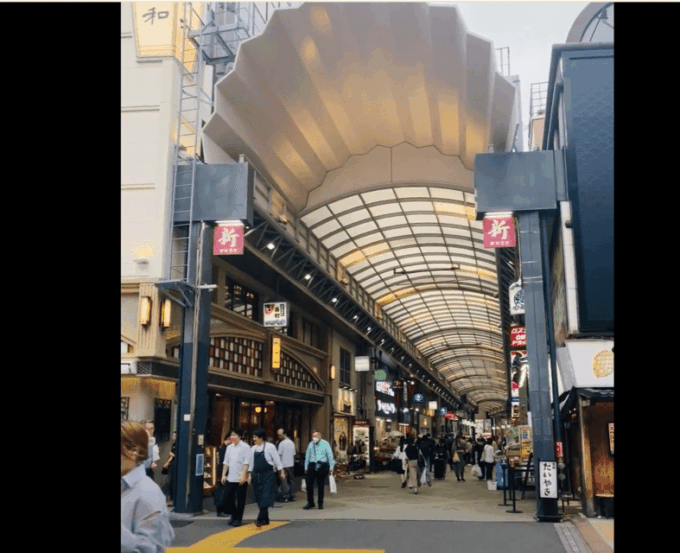
How Accessible Is the Tour for Those With Mobility Issues?
The tour is reasonably accessible for those with mobility issues, with some assistance available. Walking between sites may pose challenges, but the tour can accommodate participants with limited mobility with prior notice and appropriate arrangements.
Can Participants Purchase Kimono Attire During the Tour?
Yes, participants can purchase kimono attire during the tour. Many shops along Nakamise Street offer a wide selection of traditional Japanese clothing, including rental services, allowing visitors to fully enjoy the cultural experience.
What Is the Average Group Size for the University Student-Led Tours?
The average group size for the university student-led Asakusa tours is typically small, ranging from 6 to 12 participants. This allows for a more personalized and interactive experience as students share their passion for Asakusa’s rich culture.
Are There Any Age Restrictions or Requirements for the Tour?
The tour has no age restrictions, though it’s recommended for those able to walk comfortably. Children are welcome, but parents must supervise them. The tours are open to all ages who want to explore Asakusa’s rich culture with passionate university student guides.
Can Participants Take the Tour Independently Without a Group?
Participants can take the Asakusa tour independently without a group. The tour allows for self-guided exploration of the cultural landmarks, shops, and cuisine at one’s own pace. It doesn’t require a group booking.
Recap
Exploring Asakusa with passionate university student guides in vibrant kimonos offers an immersive cultural experience. Visitors can discover the iconic Senso-ji Temple, stroll along the charming Nakamise Street, savor traditional cuisine, and uncover hidden gems. This unique tour provides an opportunity to connect with Japan’s rich heritage and explore the captivating blend of old and new in Tokyo’s historic district.
You can check if your dates are available here:More Tours in Taito City
- Tokyo Asakusa Area Feel Buddhism and Shinto Walking Tour
- Tokyo: Asakusa Waiking Tour With University Students
- Tokyo Photo Tour With Professional Photographer
- TOKYO: Asakusa/Ueno/Yanaka/Akihabara Tokyo Welcome Tour
- Asakusa Walking Tour With an Experienced Japanese Comedian
- Asakusa: Private Tour ,Sensoji Temple and Sky Tree Tower
More Tour Reviews in Taito City
Not for you? Here's more things to do in Taito City we have recnetly reviewed
- 4 Best Guided Tours In Taito City
- 3 Best Food Tours In Taito City
- Tokyo: Imperial Palace, & Tokyo Tower Full Day Private Tour
- Private Day Tour to Tokyo With English Speaking Guide
- Calligraphy:Find Your Own Name in Kanji+Japanese Lesson◎Gift
- Tokyo : Asakusa Private Guide Tour & Vegan Japanese Cuisine
- Tokyo: Karate Experience With Former All-Japan Champion
- Made From Flour in 30MIN! Ramen-Noodle Making Experience!
- Tokyo Asakusa Sightseeing and History Walking Tour
- Tokyo: Night Tour! Lets Eat up in Uenos Ameyoko Market
- ///Soba Making Experience///Use The BIG Soba-Knife!!
- One Day Private Tokyo Tour With English Guide
